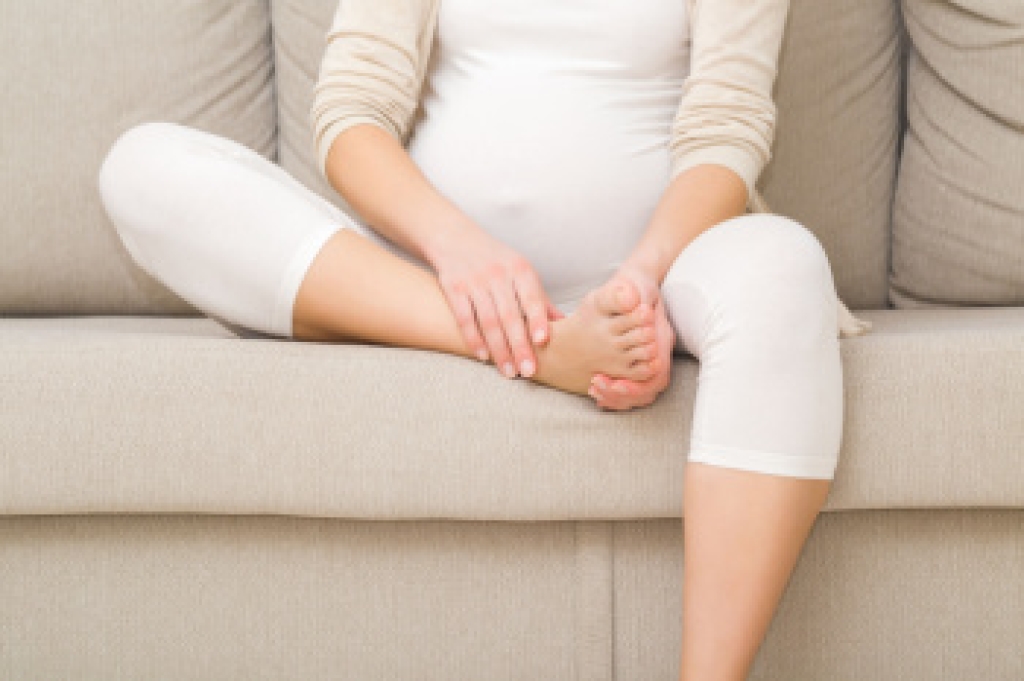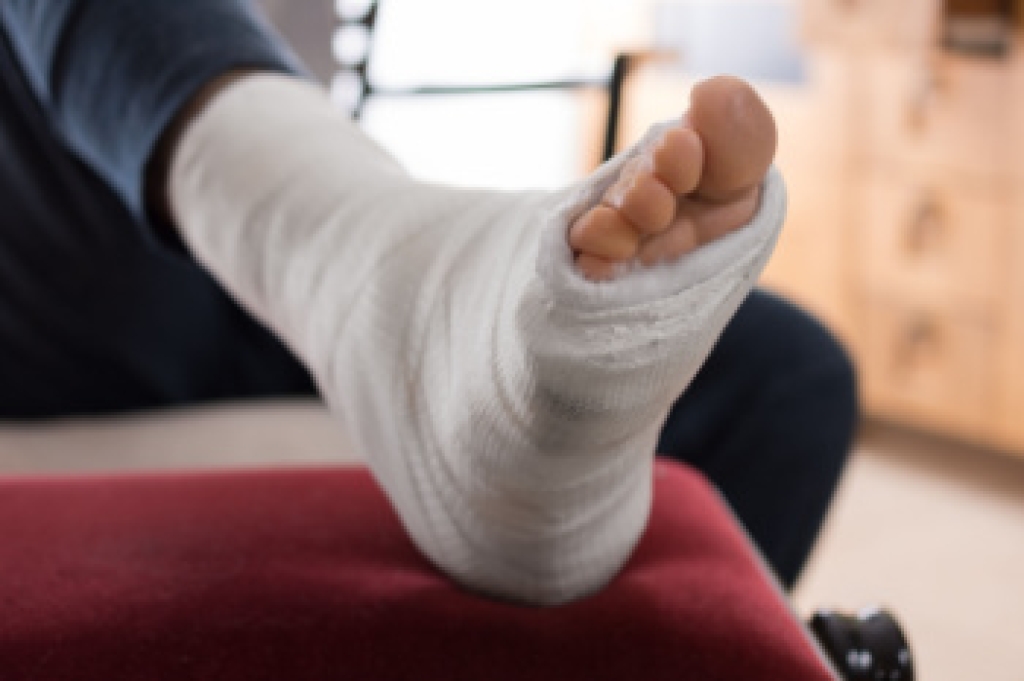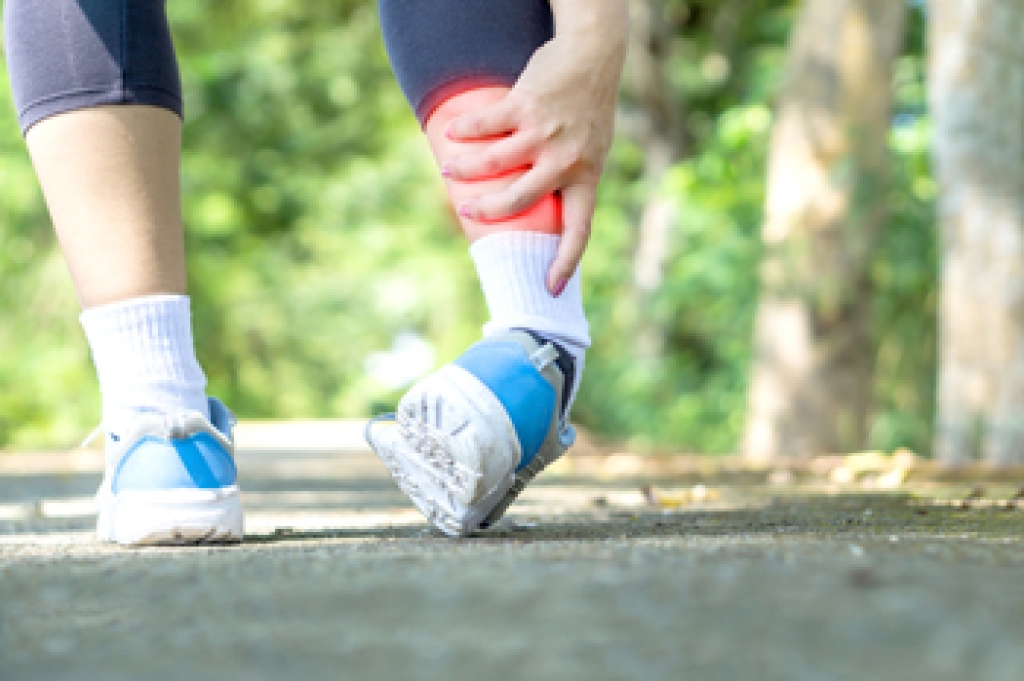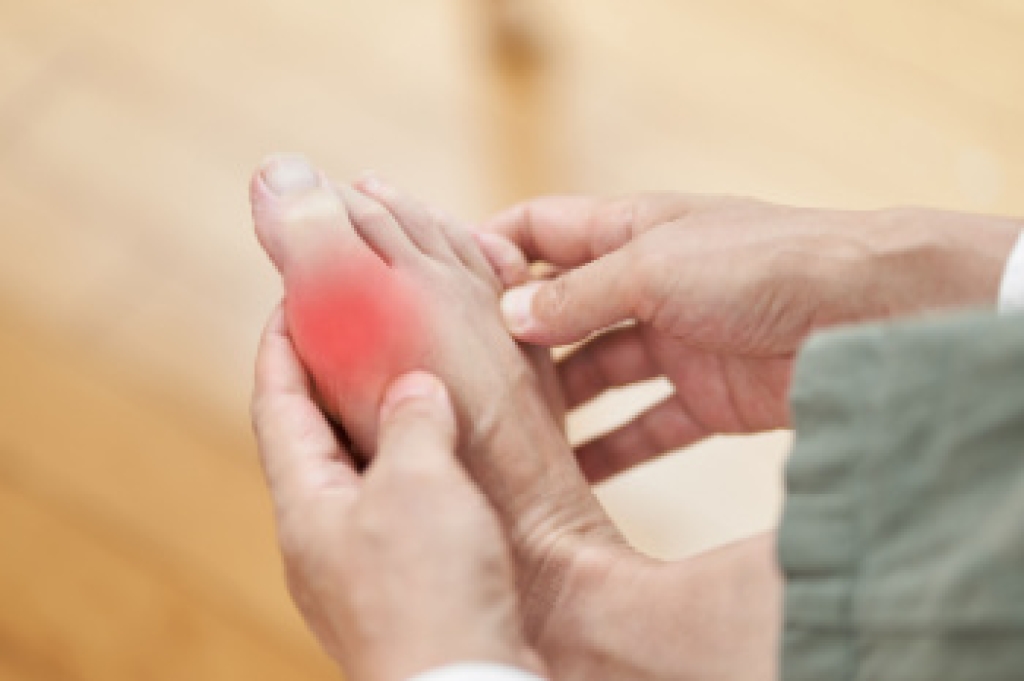
Pregnancy can have a significant impact on the feet, ankles, and toes due to both physical and hormonal changes. As body weight increases, the added pressure shifts the center of gravity forward, placing extra strain on the feet and ankles. This can cause discomfort and contribute to swelling, often making it difficult to find properly fitting shoes. In the later stages of pregnancy, the hormone relaxin causes ligaments in the feet to loosen, which may lead to flattening of the arches, lengthening of the feet, and broadening of the forefoot. These structural changes can sometimes remain permanent, leading to ongoing issues like pain or difficulty with balance. Reduced physical activity and swelling can further aggravate foot fatigue, particularly in the third trimester. A podiatrist can assess these changes, address sources of discomfort, and provide treatment to help improve foot health. If you are experiencing foot problems during pregnancy, it is suggested that you schedule an appointment with a podiatrist to help increase comfort and mobility.
Pregnant women with swollen feet can be treated with a variety of different methods that are readily available. For more information about other cures for swollen feet during pregnancy, consult with one of our podiatrists from Associates in Podiatry, PC. Our doctors will attend to all of your foot and ankle needs.
What Foot Problems Can Arise During Pregnancy?
One problem that can occur is overpronation, which occurs when the arch of the foot flattens and tends to roll inward. This can cause pain and discomfort in your heels while you’re walking or even just standing up, trying to support your baby.
Another problem is edema, or swelling in the extremities. This often affects the feet during pregnancy but tends to occur in the later stages.
How Can I Keep My Feet Healthy During Pregnancy?
- Wearing orthotics can provide extra support for the feet and help distribute weight evenly
- Minimize the amount of time spent walking barefoot
- Wear shoes with good arch support
- Wear shoes that allow for good circulation to the feet
- Elevate feet if you experience swelling
- Massage your feet
- Get regular, light exercise, such as walking, to promote blood circulation to the feet
If you have any questions, please feel free to contact our offices located in Pittsburgh-South Hills, and Pittsburgh-Bellevue, PA . We offer the newest diagnostic and treatment technologies for all your foot care needs.




